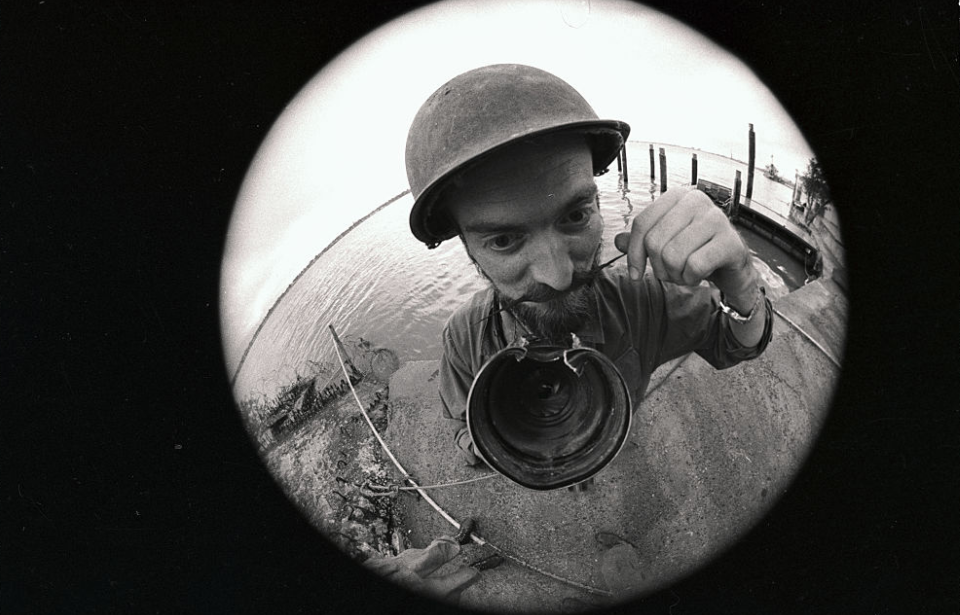
Photographers played an incredibly crucial role in documenting the Vietnam War, capturing the harsh realities and human side of the conflict. These brave individuals, such as Kurt Rolfes, risked their lives to bring images of war to the public, often operating in dangerous and volatile conditions. Their images served as powerful visual evidence of the conflict’s impact, revealing the horrors of combat, the suffering of civilians and the resilience of those affected.
For example, the iconic 1972 image of Napalm Girl, taken by Nick Ut, became a symbol of the war’s brutality and helped to shape public opinion. Eddie Adams’ photograph of Brig. Gen. Nguyễn Ngọc Loan executing a Viet Cong prisoner in the Tet Offensive shocked the world, further illustrating the moral complexities of the conflict. Some, like Larry Burrows, spent extended periods embedded with troops, capturing the everyday life of soldiers and the emotional toll of the conflict on both sides.
There were also many photographers who weren’t as well known, but who had their own unique stories of the war. Shown above is a self-portrait of Kurt Rolfes holding up one of his cameras with a large chunk taken out of it. He grew up in Portland, and after graduating from Lincoln High School became a freelance photographer and reporter for United Press International during the Vietnam War.
He covered the conflict between 1967-68, during which he was injured three times. Thanks to reporter Gene Klare, we have a detailed account of what happened the day his camera saved his life. Rolfes, Klare, and a group of other photographers and journalists were tagging along with a group of US Marines while they were on a search and destroy mission in villages around An Hội that the Viet Cong controlled.
When their task was done, the group got back in their helicopter to head for Da Nang. All of a sudden, an enemy sniper shot at them. The bullet went right through the window and into Rolfe’s bag. Instead of passing through and hitting the photographer, it hit the camera that he shows off in this photo.
More from us: Windmill Girls Boosted the Spirits of Servicemen and the British Public During World War II
Following Vietnam, he moved to Asia permanently, living in numerous different countries.





